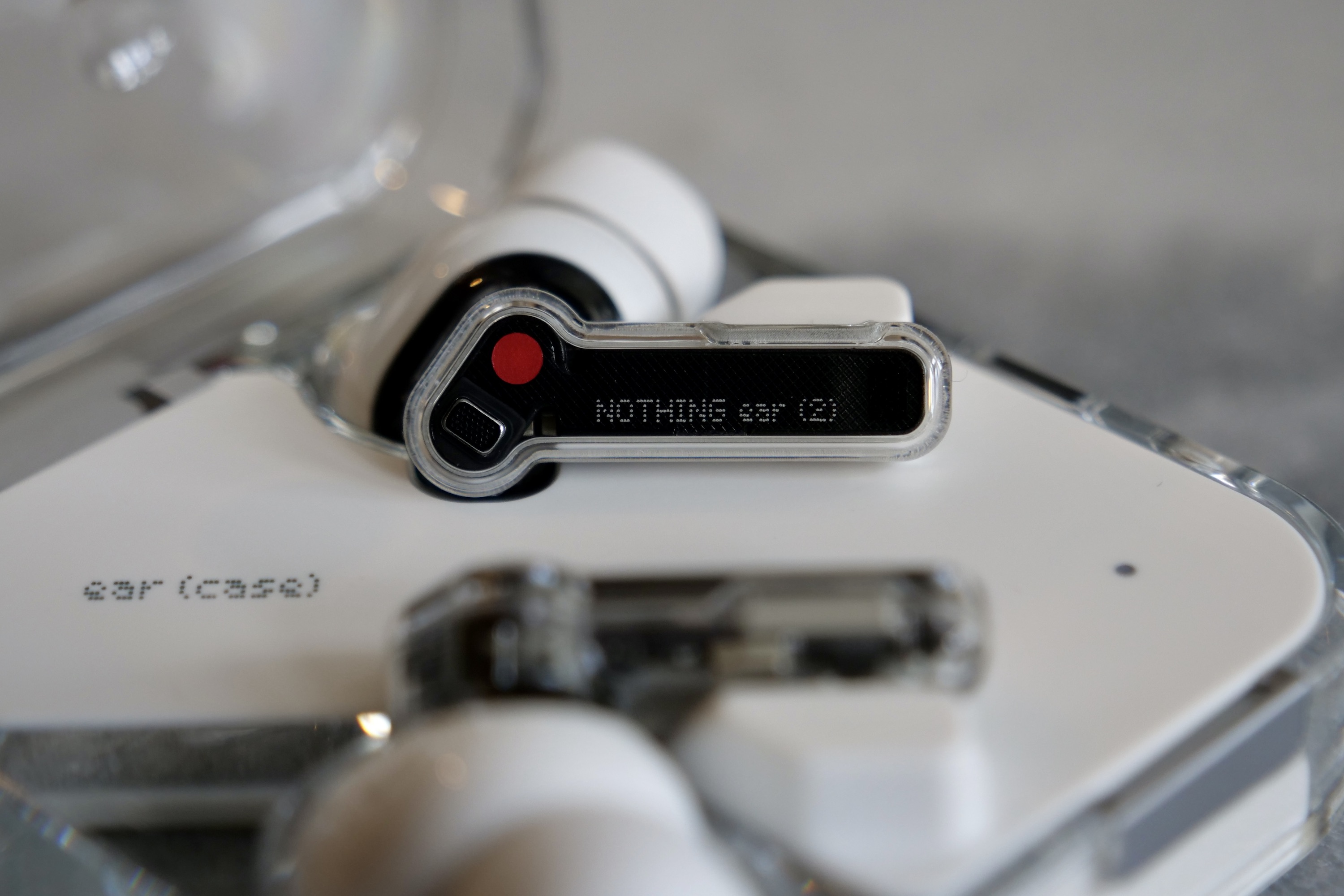
Technology brand Nothing has announced a partnership with audio experts Kef, and said it’s already hard at work on co-developed products together. Nothing is best known for its smartphones these days, but its first ever product was the Nothing Ear 1 earbuds, and it has continued to build and diversify the line ever since.

However, Nothing has greater ambitions in audio and it’s with Kef it intends to make plans for an expansion into new audio categories a reality. Kef has been building audio products for more than 60 years. Andrew Freshwater, Nothing’s head of smart products said:
“By combining Kef’s decades of expertise with our design-led approach to technology, we’re laying the groundwork for a new standard in everyday listening. Our products launching later this year mark the beginning of an exciting new chapter of our collaboration and the future of Nothing Audio.”
If that wasn’t interesting enough, Kef’s Grace Lo, head of global marketing, added:
“This partnership allows us to bring our acoustic heritage into a fresh context, working with a brand that shares our dedication to innovation, quality, and design. Together, we’re setting out to redefine what premium audio can look and feel like for the next generation.”

There’s no hard information about the products Nothing and Kef are designing together, aside from the press release stating “several acoustically co-developed products” are already in progress, with further details expected to be shared in the coming months. Nothing’s last audio product releases were the Nothing Ear (a) in April 2024, along with a series of new earbuds in its CMF by Nothing range in April 2025.
It’s also reasonable to think Nothing and Kef may work together on future smartphone releases, tuning the speakers and the audio for higher quality sound. Asus and Dirac have proved great sound can come from a smartphone with the ROG Phone 9 Pro, but few others have exploited mobile audio in the same way, leaving an opportunity for Nothing and Kef beyond the new audio products it has planned.

Andy is a Senior Writer at Digital Trends, where he concentrates on mobile technology, a subject he has written about for…
Nothing might charge you for pressing the AI button on its future phones

Nothing’s latest smartphones, the Phone 3a and the Phone 3a Pro, come a with the company’s own AI-powered dashboard, called Essential Space. It is a place to organize your screenshots, images, voice notes, and reminders, and can be activated with a dedicated button called the Essential Key. While these features are free to use at the moment, Nothing might charge you a subscription to use these services in the future.
Nothing aims to evolve Essential Space into an AI-powered second brain solution for storing stuff that you may otherwise not be too motivated to remember. While it’s in beta right now, the presence of a dedicated activation button indicates Nothing is serious about making it a central feature on the future phones.
Read more
Nothing wants your help to design a unique Nothing Phone 3a

Have you looked at the Nothing Phone 3a and thought, “I wish it looked different,” or that it came with a unique accessory? Nothing is giving you the chance to make your dreams for the phone a reality with the launch of its second Community Edition Project, where you get to design your ultimate Nothing Phone 3a.
We’re Letting the Internet Design Our Next Phone
Read more
YouTube’s upcoming audio settings is why you should upgrade to Premium

If you use YouTube to discover and listen to music, you may no longer be bogged down by the insufficient audio quality. YouTube is preparing for updated audio settings which will open up options for high definition audio playback.
Currently, YouTube has a top audio bitrate of 128kbps along with a 48KHz sample rate, which corresponds to CD-like quality of MP3 music. Android Authority spotted references to three audio settings, Auto, Normal, and High, in the source code of the YouTube beta app for Android. While Normal likely corresponds to the existing bitrate, we can expect the High option to allow for higher bitrate and sample rates — presumably at 256kbps and 96 or 192KHz, though the exact values are not specified. Meanwhile, the Auto option will choose the setting based on your network connection.
Read more
